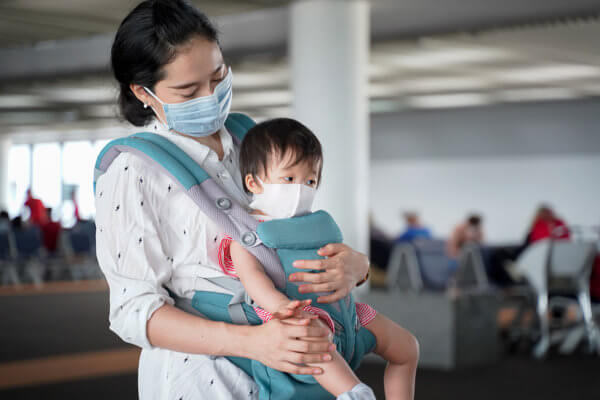By Alexa Joy Sherman
Hear this: A full 75 percent of kids will get a viral or bacterial ear infection before age three, according to the National Institute on Deafness and Other Communication Disorders. They’re also one of the most common reasons parents take their children to the doctor. “Usually the child gets a cold and then fluid sits behind his eardrum, creating the setup for a secondary bacterial infection,” says Scott Cohen, MD, a Beverly Hills, Calif., pediatrician and author of Eat, Sleep, Poop: A Common Sense Guide to Your Baby’s First Year.
How It Looks
Fever tends to be more common in infants and young children with ear infections, and some will tug at their ears or be fussy and have trouble sleeping—but because symptoms aren’t always apparent and a baby can’t tell you what’s wrong, they’re often tough for parents to detect.
How to Deal
Time and Tylenol may be all that’s required, but your doctor may also prescribe antibiotics—especially to infants. “There is now more of a wait-and-see approach with ear infections, especially in children over the age of 2, because the infection may be viral or clear on its own,” says says Ari Brown, MD, a pediatrician in Austin, Tex., and coauthor of Expecting 411, Baby 411 and Toddler 411. “However, younger babies are more likely to have complications—so if they have a fever or other signs of illness, we’ll start antibiotics as soon as a diagnosis is made.”
More from New Parent: Cold and Flu Comfort for Babies
How to spot an ear infection—plus help your baby feel better fast.



